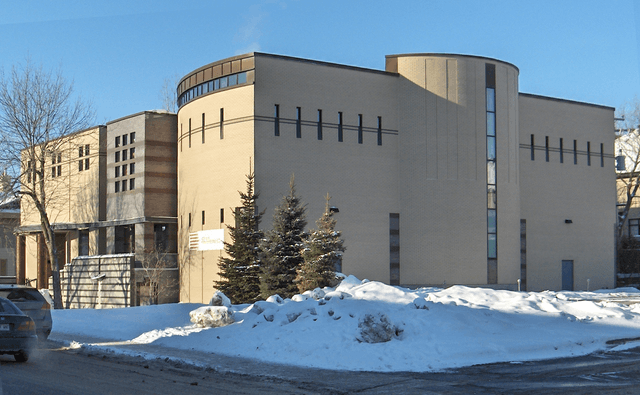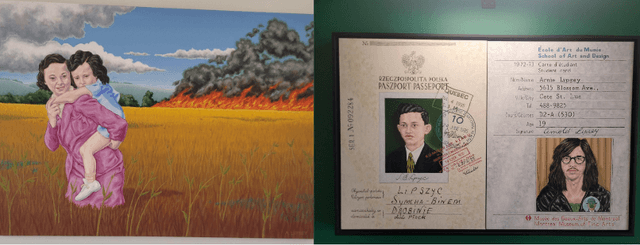As the former centre of Montreal’s Jewish community, the Plateau was once home to dozens of synagogues. Although many of these shuls have now been converted into apartments, the archaic Hebrew etched into the brick facades and Stars of David carved into slate are reminders of the Jewish past of this Montreal neighborhood.
Before the Plateau, Montreal’s Jewish community originated in Old Montreal. “In the 1880s, you start to get Eastern European immigration,” said Sara Tauben, author of Traces of the Past: Montreal’s Early Synagogues, in an interview with Nu. “And around 1911, the Eastern European immigrants started moving North, up St. Lawrence Boulevard,” in search of economic and educational opportunities.
Jewish immigrants quickly established a strong presence in the Plateau. From famous delicatessens to storefronts and garment factories, Jews from predominantly Poland and Russia contributed enormously to Montreal’s economic and cultural development. However, to feel at home in a foreign urban setting, they also needed a place for connection, reflection, and prayer–namely, shuls.
These early shuls, sometimes three to a Plateau block, also assumed the role of “landsmannschaften” or mutual aid sites. Synagogues would organize funds and other social services for congregants, as well as for family members still living in the old country. As Sara Tauben said, “Synagogues were much more than places of worship;” they were “places of familiarity for immigrants in a strange land.”.
On the famous streets of St. Urbain and St. Dominique, now stomping grounds for McGill students and tourists, notable Plateau congregations such as Beith HaMidrash Chevra Shaas and Shomrim Laboker stand as testaments to the neighborhood’s Jewish history. Founded in 1913, Shomrim Laboker at 3763 Rue St. Dominique, featured a Star of David on its facade and understated interior stained glass windows, subtle architecture reflecting the working-congregation which traded opulence for religious functionality. Similarly, Beith HaMidrash Chevra Shaas at 4170 Rue St Urbain features tablet-shaped doorways and windows, as well as traces of a rose window.
Seeking better housing and economic opportunities, much of the Plateau’s Jewish community moved to suburbs, and their synagogues followed. Shomrim Laboker made the move to Cote-Des-Neiges in 1950, with Beith HaMidrash Chevra Shaas closing its doors in 1956.
In 1957, the Portuguese Association of Canada (APC) purchased Beith HaMidrash Chevra Shaas and set up their headquarters in the historic synagogue. Despite the shul’s closure, the spirit of the original congregation lives on through the Hebrew letters engraved on the stone tablets at the top of the building. The building is no longer a Jewish institution, but it plays a similar role, providing a cultural centre and “place of familiarity,” as Tauben put it, to another minority community.
One Plateau shul that holds services in its original location is the Bagg St. Shul. This famed congregation was founded in 1922 when an original duplex on the corner of Clark and Bagg Street was purchased and converted into a cozy red brick synagogue.
The Bagg St. Shul experienced a decline with the post-war migration of Jews to Montreal suburbs, but due to dedicated congregants and philanthropic gifts, the shul was restored to its former glory in 2009. It now hosts weekly services for a devoted Orthodox congregation.
Though many of these historic sites have been closed down, they highlight the once vibrant Jewish community that lived, worked, and prayed in the Plateau. Although plastered over or renamed, the legacy of Jewish immigrants to Montreal lives on through tablet-shaped arches, memorial engravings, and the Jewish stars that decorate the roofs of “The Main.”
Powered by Froala Editor


-xsveoe5cLFsXSal1rlZmLaXLa566CM.png&w=1920&q=75)



